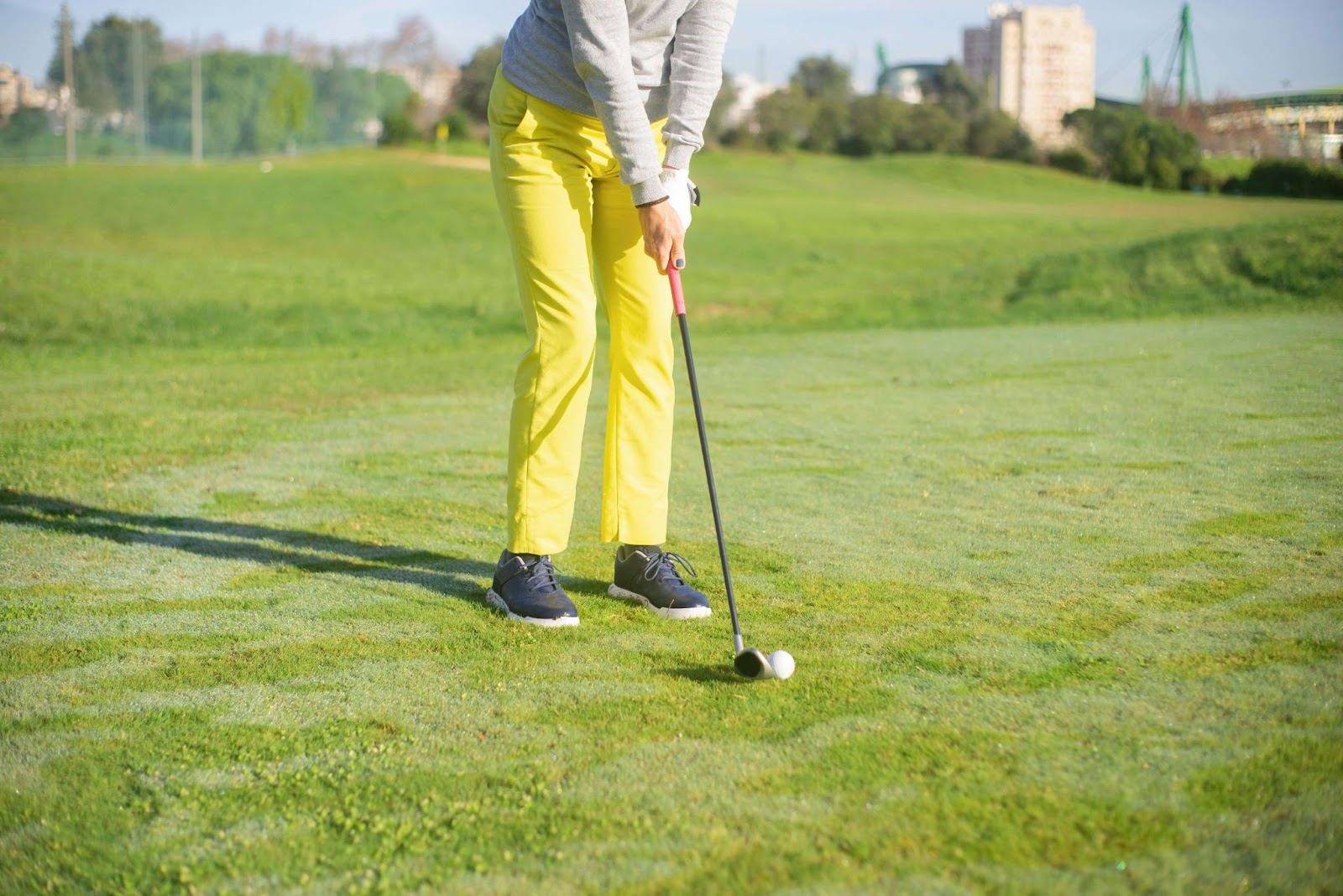Whether you’re refining your golf technique or troubleshooting persistent errors, understanding and eliminating hooks from your game can significantly enhance your performance. A hook, characterized by a ball trajectory that curves sharply from right to left for right-handed players (and the opposite for left-handers), often results from flaws in grip, stance, or swing mechanics. This guide will offer you 10 key adjustments and techniques to not only fix but master your swing, reducing hooks and lowering your handicap in the process.
Decoding the Hook: What You Need to Know
Before talking about corrections, it’s crucial to understand what a hook is in golf. This unwanted curve can drastically change the ball’s intended path, making accurate shots difficult. Typically caused by a combination of a closed clubface at impact and an in-to-out swing path, hooks are manageable and correctable with the right approach.
10 Steps to Straighten Your Shots
1. Evaluate and Adjust Your Grip
The grip is the golfer’s primary connection to the club and thus plays a crucial role in the direction of the swing and the orientation of the clubface at impact. A neutral grip—where the ‘V’ formed by your thumb and index finger on both hands points towards your right shoulder for right-handed players—helps prevent the clubface from closing too soon. This setup promotes a more square contact with the ball, reducing the likelihood of hooking.
2: Leveraging Technology with Gears Golf
Utilize Gears Golf to analyze the biomechanics of your swing. Understanding the intricacies of your movement can lead to targeted improvements and more consistent performance.
3. Square Your Stance
Your stance sets the foundation for your swing. Align your feet, hips, and shoulders parallel to the target line. This not only helps maintain a neutral swing path but also facilitates better control and power distribution throughout the swing. Using visual aids like alignment sticks on the ground can help reinforce this proper alignment during practice sessions.
4. Check Clubface Alignment at Address
Positioning the clubface square to the target at the beginning of your setup is crucial. This step ensures that you are starting from a neutral position, which can help prevent adjustments mid-swing that might lead to hooks. Practicing in front of a mirror or using a laser pointer can be an effective way to check your clubface alignment consistently.
5. Initiate the Swing with Your Body
Many golfers make the mistake of using their hands and arms to start the downswing, which can lead to a closed clubface at impact. Instead, initiate the downswing with a movement from your hips and shoulders. This body-first approach helps maintain the integrity of the swing path and keeps the clubface square at impact.
6. Shorten Your Backswing
A long backswing can often lead to timing issues and a loss of control, causing the club to get too far inside the intended swing path. By shortening your backswing, you can maintain better control and alignment of the club, helping prevent the drastic inside-to-out motion that often results in hooks. Practice with half-swings and gradually increase your range of motion as you gain more control.
7. Practice with Alignment Rods
Use alignment rods to set up a physical guide on the ground during practice. These rods can help you visualize and adjust your swing path directly, encouraging a more direct and controlled approach to the ball. The visual feedback is immediate and extremely valuable in correcting path errors.
Bonus Tip: The Front Foot Only Drill
Practice swinging while placing most of your weight on your front foot. This drill helps promote a better weight transfer and a fuller body rotation through the swing, which can prevent the under-rotation that often leads to hooks. It also enhances your balance and swing stability.
8. Implement a Pre-shot Routine
A consistent pre-shot routine helps ensure that all elements of your stance, grip, and alignment are checked and correct before each swing. This routine might include visualizing the shot, setting the clubface, aligning your body, taking a couple of practice swings, and finally setting up to hit the ball. Consistency in your routine leads to consistency in your shots.
9. Use a Towel Drill to Enhance Arm-Body Sync
Place a towel under both armpits during practice swings. This drill encourages your arms and body to move together, maintaining a solid connection throughout the swing. It prevents the arms from overtaking the body in the downswing, which is a common cause of a prematurely closed clubface and, consequently, hooks.
10. Film Your Swing
Video analysis is an incredibly effective tool for identifying flaws in your swing. By filming your swing, you can observe the mechanics and timing of your movements, allowing for a better understanding of what adjustments need to be made. Review your videos with a coach or use software to analyze key aspects such as swing path, clubface orientation, and body alignment.
11. Train with a Coach
Personalized coaching can provide tailored feedback and corrections based on your specific needs. A coach can observe your swings in real-time, offer immediate adjustments, and introduce drills that target your particular issues. This guidance is invaluable for making the precise changes needed to eliminate hooks from your game.
Conclusion: Mastery Over Mistakes
Understanding and rectifying a hook in your golf swing are critical steps towards improving your game. By implementing these 11 techniques, you’re not just fixing a single flaw but enhancing your overall approach to golf. With dedication and practice, these changes will lead to more consistent, accurate, and satisfying rounds of golf, transforming hooks into a thing of the past and paving the way for a lower handicap.



